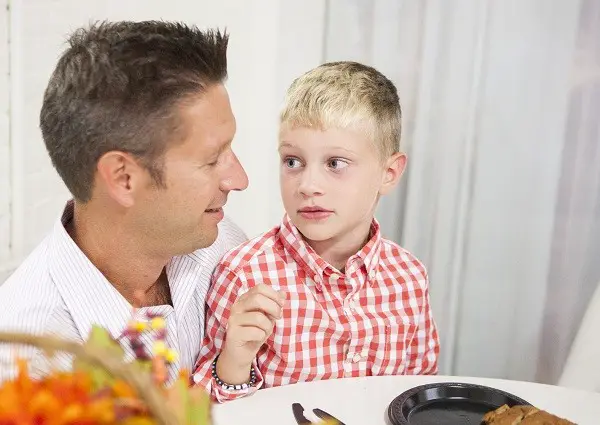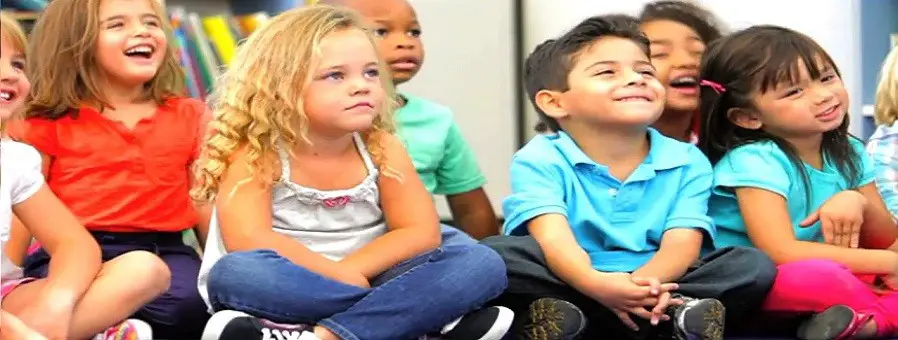Last Updated on April 3, 2019 by Emma White
One of my goals for Hanna is to spontaneously use 2-3 word phrases several times a day. This can be done by modeling language skills. Modeling language skills teach your child how to talk and to learn new words. As parents, we are often the first teachers of children. Kids need exposure to the words and to be able to imitate by saying them back or repeating them.
As a result, they gain new vocabulary words to use in their daily living and during play. Being able to model language will help your child learn to talk faster and gives words to ideas, objects and actions. She will learn to express her wants, needs, desires as well which leads to fewer behavior problems.
Read More – Difficulty Bonding With Baby after Traumatic Birth
She will gain the skills to improve her communication level and to learn how to interact with others by using her words and gestures. If she hears the appropriate words or phrase and provided opportunities to use them throughout her day, she will learn to spontaneously use 2-3 word phrases. This is an age-appropriate level for Hanna since she is 2.

Hanna’s teacher in her toddler class recommended these activities to do for her:
If your baby is using mostly single words, add one more word to the expression your child uses. For example when your child says “more” this is an opportunity to model and expand language by saying, “More crackers? Ok, let’s get more crackers or state “More crackers. You can model two-word combinations of single words, your child already says without an expectation to repeat.
Singing songs with “catchy” phrases and invited your child to sing along. Singing fun songs is a great way to spend time together. Music activates the whole brain and language center which facilitates language growth. Nursery songs are great to sing together.
Instead of guessing what the child wants and doing it for them, repeat phrases you think your child is trying to say and model it back to them. Use simple phrases. Avoid imitating if your child is using jargon.
Read More – Develop the Best Relationship with Your Foster Child
Remember to use lots of praises and positive verbal reinforcement. For example “Good job, saying _______.”
The modeling language is not hard to do and will soon become second nature to any parent’s teaching repertoire. Speech and communication are important for toddlers to learn. Once Hanna has mastered 2-3 word phrases in a spontaneous and functional environment, we will work on teaching her to say 3-5 word phrases or sentences.
I learned modeling language helps any child to learn new vocabulary and to gain speech and language skills. Your child should be starting to use more spontaneous and functional language.
At this stage, their pronunciation need not be perfect but they should be using language in the correct context of what they are trying to say. If your child shows a speech delay, I recommend speaking to your pediatrician for what services they can qualify for.






